Home>diy>Building & Construction>What Is EIFS In Construction
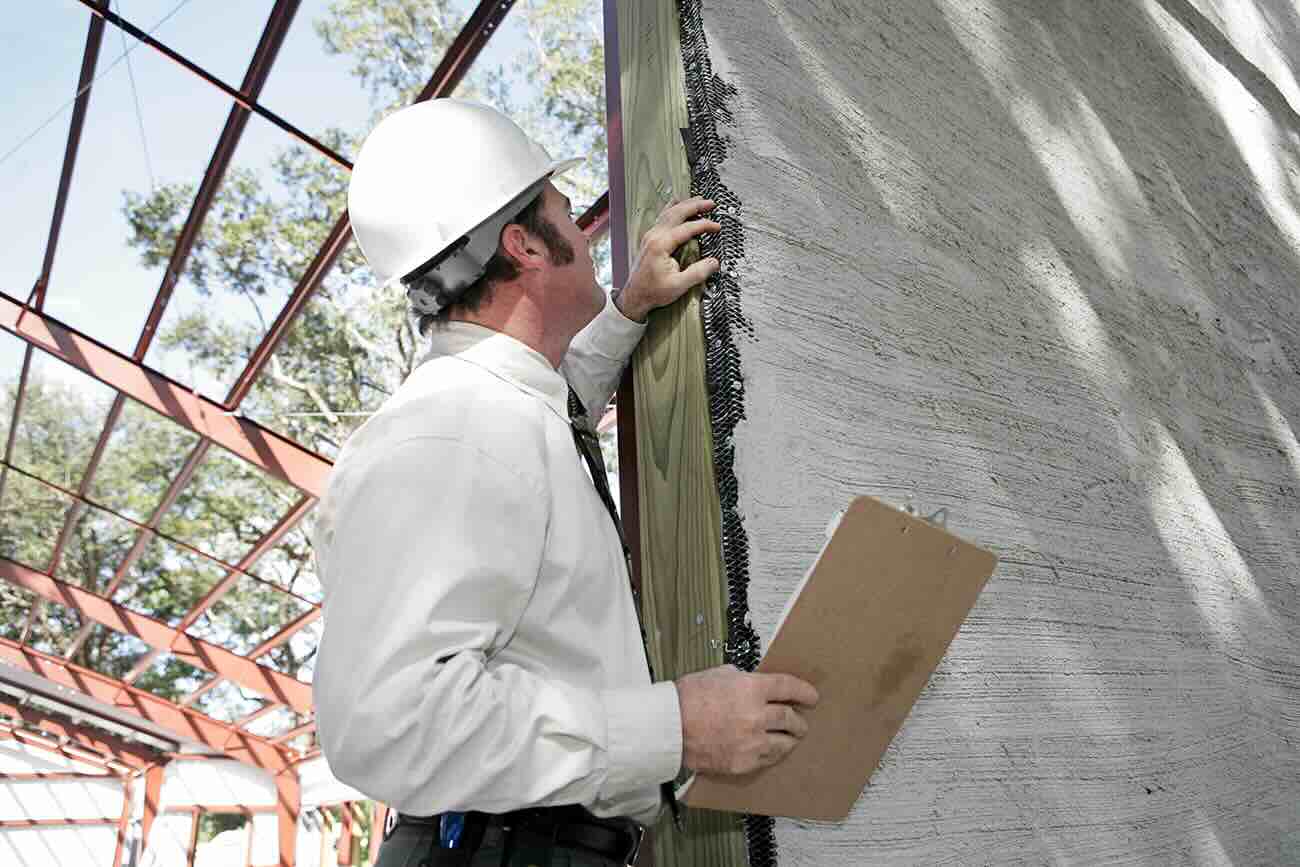

Building & Construction
What Is EIFS In Construction
Modified: December 7, 2023
Learn what EIFS is and how it is used in building construction. Discover the benefits and applications of EIFS systems in the construction industry.
(Many of the links in this article redirect to a specific reviewed product. Your purchase of these products through affiliate links helps to generate commission for Storables.com, at no extra cost. Learn more)
Introduction
Welcome to the world of construction! Building construction is an intricate process that involves various materials, techniques, and systems to create solid and functional structures. One such technique used in construction is Exterior Insulation and Finish Systems (EIFS). In this article, we will explore EIFS, its components, advantages and disadvantages, its applications in construction, installation process, maintenance, and common issues.
EIFS, also known as synthetic stucco, is an exterior wall cladding system that provides insulation, protection, and aesthetics to buildings. It has gained popularity in the construction industry due to its energy-efficient properties and versatile design options.
So, what exactly is EIFS? Let’s dive deeper into its components to get a better understanding.
Key Takeaways:
- EIFS, or Exterior Insulation and Finish Systems, offer energy efficiency, design versatility, and durability in construction. However, potential issues such as moisture infiltration and cracking require proactive maintenance and professional installation.
- Proper installation and regular maintenance are crucial for maximizing the benefits of EIFS, including thermal insulation, water resistance, and aesthetic appeal. Working with experienced professionals is essential for long-term performance.
Read more: What Is Eifs Siding
What is EIFS?
EIFS, which stands for Exterior Insulation and Finish Systems, is a lightweight exterior cladding system used in building construction. It is a multi-layered system that combines insulation, a reinforced base coat, and a decorative finish. The primary purpose of EIFS is to provide thermal insulation, weather resistance, and enhance the aesthetic appeal of the building.
The components of EIFS can vary depending on the specific system used, but generally include the following:
- Insulation: The insulation layer is usually made of expanded polystyrene (EPS) foam boards. This layer helps to reduce heat transfer through the walls, improving the energy efficiency of the building. It also provides additional sound insulation.
- Base Coat: The base coat is a cementitious or acrylic material that is applied over the insulation layer. This coat serves as a waterproofing layer and provides structural reinforcement to the system.
- Finish Coat: The finish coat is the final layer of EIFS, which is available in a variety of textures, colors, and finishes. It enhances the aesthetic appearance of the building and protects the underlying layers from moisture and UV damage.
EIFS offers several advantages over traditional cladding systems. Let’s take a closer look at these benefits.
Components of EIFS
EIFS (Exterior Insulation and Finish Systems) is a layered system comprised of various components that work together to provide insulation, protection, and aesthetic appeal to buildings. The key components of EIFS are:
- Insulation Board: The insulation board is a crucial element of the EIFS system. It is typically made of expanded polystyrene (EPS) foam, which has excellent thermal insulation properties. The insulation board is attached to the exterior wall of the building, providing a barrier against heat transfer and improving energy efficiency. It also helps to reduce noise transmission.
- Base Coat: The base coat, also known as the adhesive or bonding layer, is applied directly over the insulation board. It typically consists of a cementitious or acrylic material mixed with reinforcing fibers. The base coat serves multiple purposes – it adheres the insulation board to the substrate, provides structural integrity, and acts as a moisture barrier to protect the underlying layers.
- Reinforcement Mesh: The reinforcement mesh is a crucial component that is embedded within the base coat. It offers tensile strength and stability to the system, preventing cracking and improving longevity. The mesh is typically made of fiberglass, which is lightweight and resistant to alkali and moisture.
- Finish Coat: The finish coat is the outermost layer of the EIFS system, responsible for providing the desired aesthetic appearance. It can be customized with a variety of textures, colors, and finishes, allowing for flexibility in design. The finish coat is typically made of acrylic or polymer-based materials, which offer durability, weather resistance, and protection against UV radiation.
The combination of these components creates a seamless and uniform exterior cladding system with excellent insulation properties. EIFS not only enhances the energy efficiency of a building but also offers design versatility and durability. However, it is essential to consider both the advantages and disadvantages of EIFS before choosing it for a construction project.
Advantages of EIFS
Exterior Insulation and Finish Systems (EIFS) offer several advantages that make them a popular choice in the construction industry. Here are some of the key benefits of using EIFS:
- Energy Efficiency: EIFS provides excellent thermal insulation, significantly reducing heating and cooling costs. The insulation board acts as a barrier against heat transfer, preventing energy loss from the building. This energy-efficient feature can contribute to lower utility bills and a reduced carbon footprint.
- Design Versatility: EIFS offers a wide range of design options, allowing for customization and creativity. The finish coat can be textured, painted, or even made to resemble other building materials like stone or brick. This versatility enables architects and designers to achieve unique and eye-catching facades.
- Water Resistance: The base coat and finish coat of EIFS are designed to provide excellent water resistance. They act as a barrier against moisture infiltration, preventing mold, mildew, and rotting issues. EIFS also includes carefully detailed joints and flashing systems to further enhance water resistance.
- Durability: EIFS is designed to withstand various weather conditions, including extreme temperatures, high winds, and UV radiation. The finish coat is durable and resistant to cracking, fading, and chipping, ensuring that the building retains its visual appeal over time. Additionally, the insulation board helps to protect the structure from thermal expansion and contraction, reducing the risk of cracks in the walls.
- Noise Reduction: EIFS has excellent sound insulation properties, reducing the transmission of noise from outside the building to the interior spaces. This can create a quieter and more comfortable environment, especially in urban areas or buildings near busy roads.
In addition to these advantages, EIFS is also lightweight, which reduces the load on the building structure and simplifies installation. It is a cost-effective solution, both in terms of material and labor expenses. However, it’s important to consider the disadvantages of EIFS before making a final decision.
Disadvantages of EIFS
While Exterior Insulation and Finish Systems (EIFS) offer many benefits, there are some potential disadvantages that need to be considered before choosing this cladding system for a construction project. Here are some of the key disadvantages of EIFS:
- Vulnerability to Moisture: One of the main concerns with EIFS is its susceptibility to moisture infiltration if not installed and maintained properly. Water leaks can lead to rotting, mold growth, and structural damage. Proper installation, including the use of a moisture barrier and regular inspections, is crucial to prevent moisture-related issues.
- Potential for Crack Formation: Despite its durability, EIFS can be prone to cracks if the structure experiences significant movement or settlement. While the system can accommodate limited expansion and contraction, large movements can cause cracks in the base coat or finish coat. Proper design considerations and regular monitoring can help minimize this risk.
- Repairs and Maintenance: EIFS requires regular maintenance to ensure its longevity and performance. The finish coat may require periodic cleaning, and any damaged or cracked areas should be repaired promptly. Failure to address maintenance issues can lead to more significant problems over time.
- Fire Resistance: Traditional EIFS systems are not inherently fire resistant. However, fire-rated EIFS options are available that incorporate additional fire-resistant materials. It is important to consider fire safety regulations and consult with local authorities when choosing a specific EIFS system for a project.
- Professional Installation: EIFS installation requires specialized skills and knowledge to ensure proper application and performance. Improper installation can lead to costly issues down the line. It is vital to work with experienced and qualified contractors who are familiar with EIFS installation guidelines.
Despite these potential drawbacks, EIFS can still be an excellent choice for many construction projects. It is important to weigh the advantages and disadvantages based on the specific requirements and considerations of the project.
When using EIFS in construction, make sure to properly prepare the substrate and follow manufacturer’s guidelines for installation to ensure a durable and long-lasting finish.
Read more: How To Fix EIFS Stucco
EIFS in Construction Applications
Exterior Insulation and Finish Systems (EIFS) have a wide range of applications in the construction industry. The versatility, energy efficiency, and aesthetic appeal of EIFS make it suitable for various building types and styles. Here are some common applications of EIFS:
- Residential Buildings: EIFS is commonly used in residential construction, including single-family homes, townhouses, and condominiums. It provides an attractive and durable exterior finish while improving energy efficiency and reducing utility costs for homeowners.
- Commercial Buildings: EIFS is widely used in commercial construction, including office buildings, retail spaces, hotels, and restaurants. Its design versatility allows architects and designers to create visually appealing facades that can enhance the branding and image of the businesses.
- Institutional Buildings: EIFS is also suitable for institutional buildings such as schools, hospitals, and government buildings. The thermal insulation properties of EIFS can contribute to a more comfortable and energy-efficient interior environment in these facilities.
- Multifamily Housing: EIFS is commonly used in multifamily housing projects such as apartment complexes and assisted living facilities. It offers an attractive exterior finish and contributes to energy efficiency, creating a comfortable living environment for residents.
- Historical Preservation: EIFS can be used in historical preservation projects to replicate the appearance of traditional stucco or masonry finishes. It provides a lightweight alternative while still maintaining the desired aesthetic and architectural details.
In addition to these applications, EIFS can also be used in retrofitting existing buildings to improve energy efficiency and upgrade the exterior appearance. It offers a cost-effective solution compared to other cladding systems and can be customized to match the existing architectural style.
It’s important to note that EIFS should be chosen based on the specific requirements and considerations of each project. Local building codes, climate conditions, and design preferences should all be taken into account during the planning and specification phase.
How EIFS is Installed
The installation process of Exterior Insulation and Finish Systems (EIFS) involves several steps to ensure a proper and durable application. Here is a general overview of how EIFS is installed:
- Preparation: The surface where EIFS will be installed needs to be properly prepared. This typically involves cleaning the substrate and repairing any damaged areas. A moisture barrier may also be applied to prevent water infiltration.
- Insulation Board Placement: The insulation boards are then attached to the prepared surface using adhesive or mechanical fasteners. The boards are carefully placed and secured, taking care to properly align the joints and corners.
- Base Coat Application: Once the insulation boards are in place, the base coat is applied. The base coat, a cementitious or acrylic material, is spread over the insulation board and reinforced with a mesh. This layer provides structural stability, acts as a moisture barrier, and prepares the surface for the finish coat.
- Mesh Integration: The reinforcement mesh is embedded within the base coat while it is still wet, providing additional strength and reducing the risk of cracks. The mesh is applied in a continuous manner, ensuring proper coverage and adhesion to the substrate.
- Finish Coat Application: After the base coat has cured, the finish coat is applied. The finish coat is available in various textures, colors, and finishes, allowing for customization and design flexibility. It is applied evenly across the surface, creating the final desired appearance.
- Detailing and Finishing: Once the finish coat has dried, attention is given to the detailing and finishing touches. This includes trimming excess material, applying sealants around windows and doors, and adding any desired architectural elements to enhance the aesthetic appeal.
It is crucial to note that the specific installation process may vary depending on the EIFS manufacturer and the project requirements. Following the manufacturer’s guidelines and working with experienced EIFS contractors is essential to ensure a successful installation that meets the industry standards and regulatory requirements.
Regular inspections and maintenance are also necessary to keep the EIFS system in optimal condition. This includes checking for any signs of damage, addressing repairs promptly, and ensuring the system remains properly sealed and protected against moisture infiltration.
By following proper installation practices and maintaining the system, EIFS can provide durable and visually appealing cladding for many years to come.
Maintenance of EIFS
Maintaining Exterior Insulation and Finish Systems (EIFS) is crucial to ensure its longevity, performance, and visual appeal. Regular maintenance helps prevent potential issues and extends the lifespan of the system. Here are some important aspects to consider when it comes to maintaining EIFS:
- Regular Cleaning: EIFS surfaces should be cleaned periodically to remove dirt, dust, and other pollutants that can accumulate over time. A gentle cleaning solution and soft brush or sponge can be used to clean the surface. Avoid using abrasive materials or harsh chemicals that can damage the finish coat.
- Inspection: Regular inspections are essential to identify any signs of damage or deterioration. This includes checking for cracks, chips, or loose areas in the finish coat, as well as any signs of moisture infiltration. Inspections should be carried out at least once a year, or more frequently in areas prone to extreme weather conditions or potential impact damage.
- Repairing Damages: Any damages identified during inspections should be repaired promptly to prevent further deterioration. Cracks or chips in the finish coat can be patched using an appropriate EIFS repair material. It is important to follow the manufacturer’s guidelines and ensure proper adhesion and blending with the existing finish.
- Sealing and Caulking: Regularly inspect and maintain the sealant and caulking around windows, doors, and other joints in the EIFS system. Sealant or caulk that has deteriorated or cracked should be replaced to maintain the system’s water resistance. This helps prevent moisture infiltration and potential damage to the insulation and substrate.
- Moisture Management: Effective moisture management is crucial for the long-term performance of EIFS. Ensure that any landscaping or irrigation systems are properly maintained and directed away from the building to prevent water accumulation near the EIFS. Monitor and address any signs of moisture infiltration promptly to prevent mold, rot, or other related issues.
Remember to consult the EIFS manufacturer’s guidelines for specific maintenance requirements and recommendations. It’s also beneficial to hire an experienced professional for thorough inspections and repairs to ensure that the EIFS system remains in optimal condition.
By following these maintenance practices and addressing any necessary repairs in a timely manner, EIFS can continue to provide excellent insulation, protection, and aesthetic appeal for the building.
Common Issues with EIFS
While Exterior Insulation and Finish Systems (EIFS) offer various benefits, there are some common issues that can arise if not properly installed or maintained. Being aware of these issues allows for proactive measures and timely repairs. Here are some of the most common issues with EIFS:
- Moisture Infiltration: Improper installation or failure to address maintenance issues can lead to moisture infiltration. This can result in rotting, mold growth, and structural damage. Regular inspections and prompt repairs are essential to minimize the risk of water-related issues.
- Cracking: EIFS may develop cracks due to various factors such as building settling, thermal expansion and contraction, or impact damage. These cracks can compromise the system’s integrity and allow moisture to penetrate. It is crucial to address any cracks promptly to prevent further damage.
- Lack of Drainage: EIFS relies on proper drainage to prevent water buildup behind the system. If drainage pathways are blocked or improperly installed, water can become trapped, leading to moisture-related issues. Regular inspections and maintenance of drainage systems are important to ensure proper functioning.
- Damage from Impact: EIFS can be vulnerable to damage from accidental impacts, such as from hail, falling objects, or improper maintenance procedures. The impact can cause cracks, chips, or punctures in the finish coat, compromising the system’s water resistance. Repairs should be carried out promptly to protect the underlying layers.
- Lack of Maintenance: Neglecting regular maintenance can lead to various issues with EIFS. Failure to clean the surface, inspect for damages, and address repairs in a timely manner can accelerate the deterioration of the system and impact its overall performance.
To mitigate and prevent these issues, it is crucial to work with experienced professionals who are knowledgeable about EIFS installation and maintenance. Regular inspections, cleaning, and prompt repairs are key to maintaining the integrity and longevity of the EIFS system.
It is also important to refer to the manufacturer’s guidelines for specific care and maintenance instructions. By staying proactive and addressing any potential issues promptly, EIFS can continue to provide the desired insulation, protection, and aesthetic appeal for the building.
Read more: How To Tell: Eifs Vs Stucco
Conclusion
Exterior Insulation and Finish Systems (EIFS) are a popular choice in the construction industry due to their energy efficiency, design versatility, and durability. EIFS provide numerous benefits, including excellent thermal insulation, aesthetic appeal, water resistance, noise reduction, and lightweight construction. However, it is important to be aware of the potential disadvantages and common issues associated with EIFS, such as moisture infiltration, cracking, lack of drainage, impact damage, and the need for regular maintenance.
To ensure the successful installation and long-term performance of EIFS, it is crucial to work with experienced professionals who follow proper installation practices and adhere to manufacturer guidelines. Regular inspections, cleaning, prompt repairs, and proper moisture management are essential for maintaining the integrity and effectiveness of the EIFS system.
Ultimately, EIFS offers a versatile and efficient solution for various construction applications, including residential, commercial, institutional, multifamily housing, and historical preservation projects. By carefully considering the advantages and disadvantages of EIFS and implementing proper installation and maintenance practices, building owners can enjoy the benefits of energy efficiency, improved aesthetics, and long-lasting performance.
When used correctly and maintained diligently, EIFS can serve as a reliable and visually appealing exterior cladding system, contributing to the overall efficiency, durability, and appeal of a building. It is essential to consult with professionals and manufacturers to ensure that EIFS is the right choice for your specific construction needs and to ensure its proper installation and care.
Frequently Asked Questions about What Is EIFS In Construction
Was this page helpful?
At Storables.com, we guarantee accurate and reliable information. Our content, validated by Expert Board Contributors, is crafted following stringent Editorial Policies. We're committed to providing you with well-researched, expert-backed insights for all your informational needs.

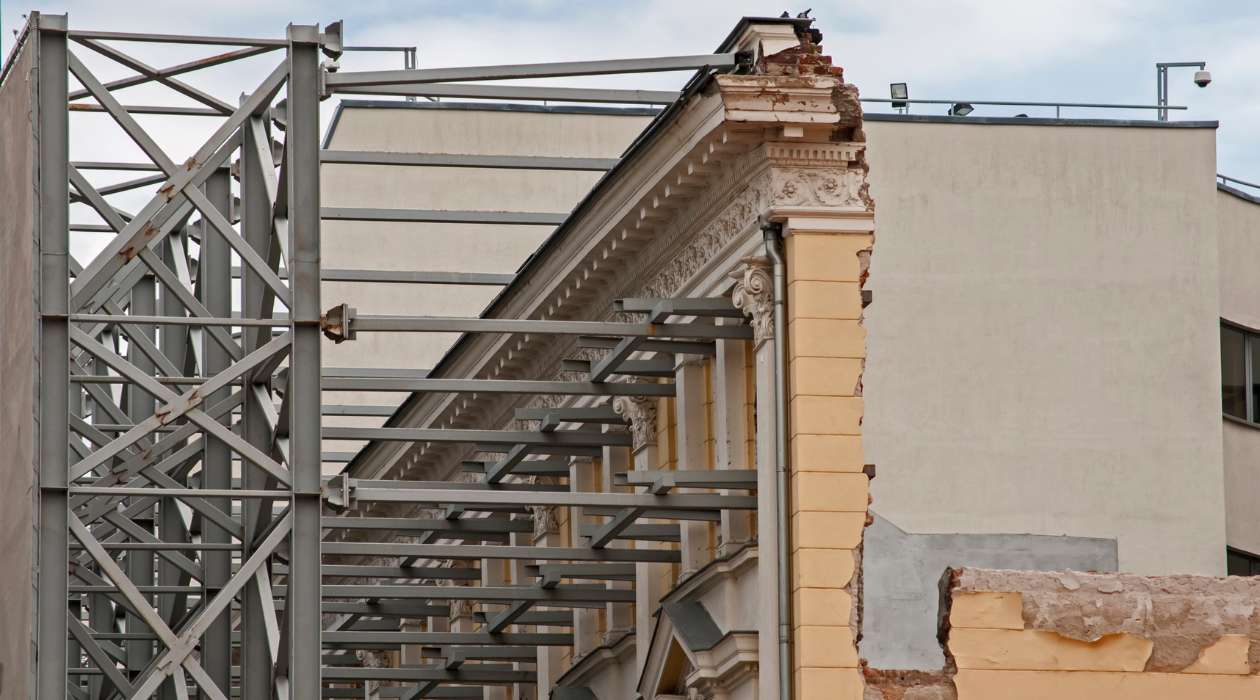
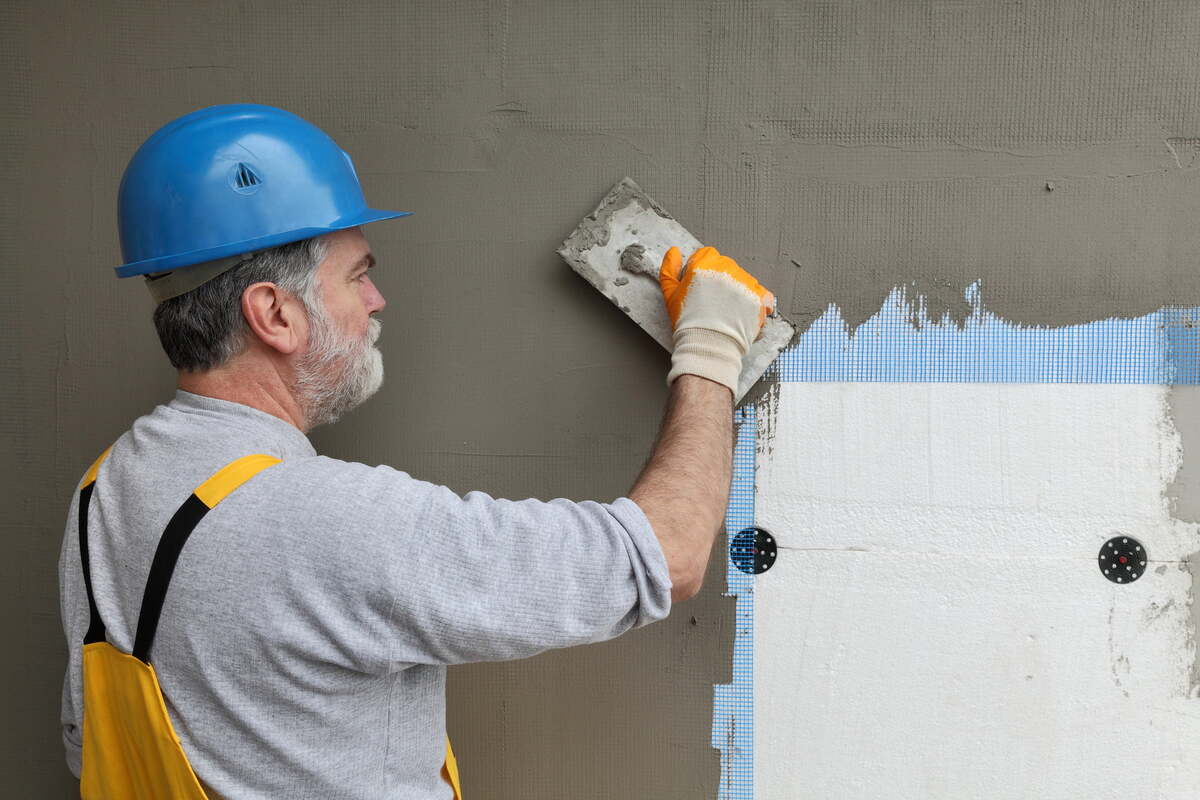
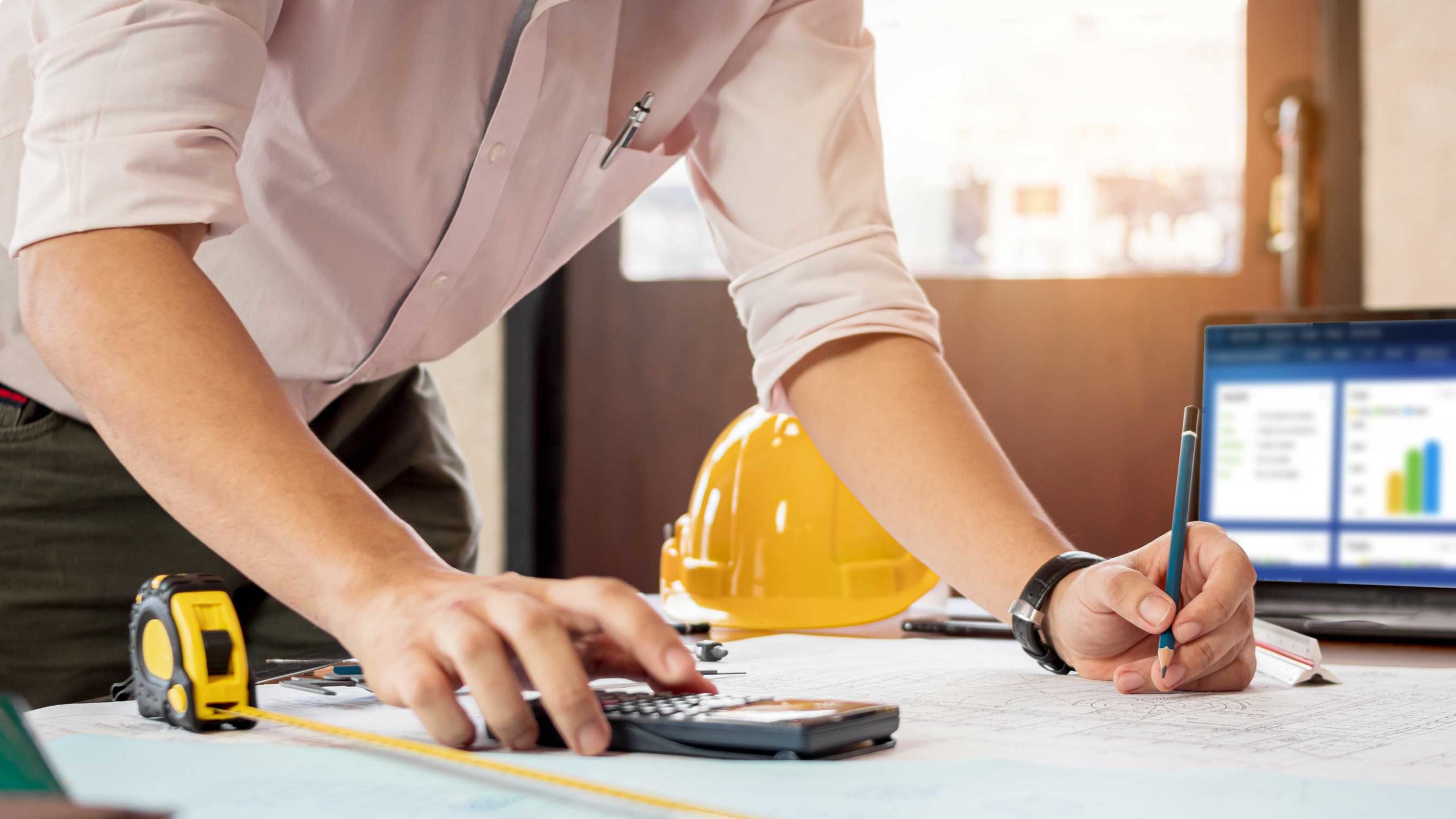
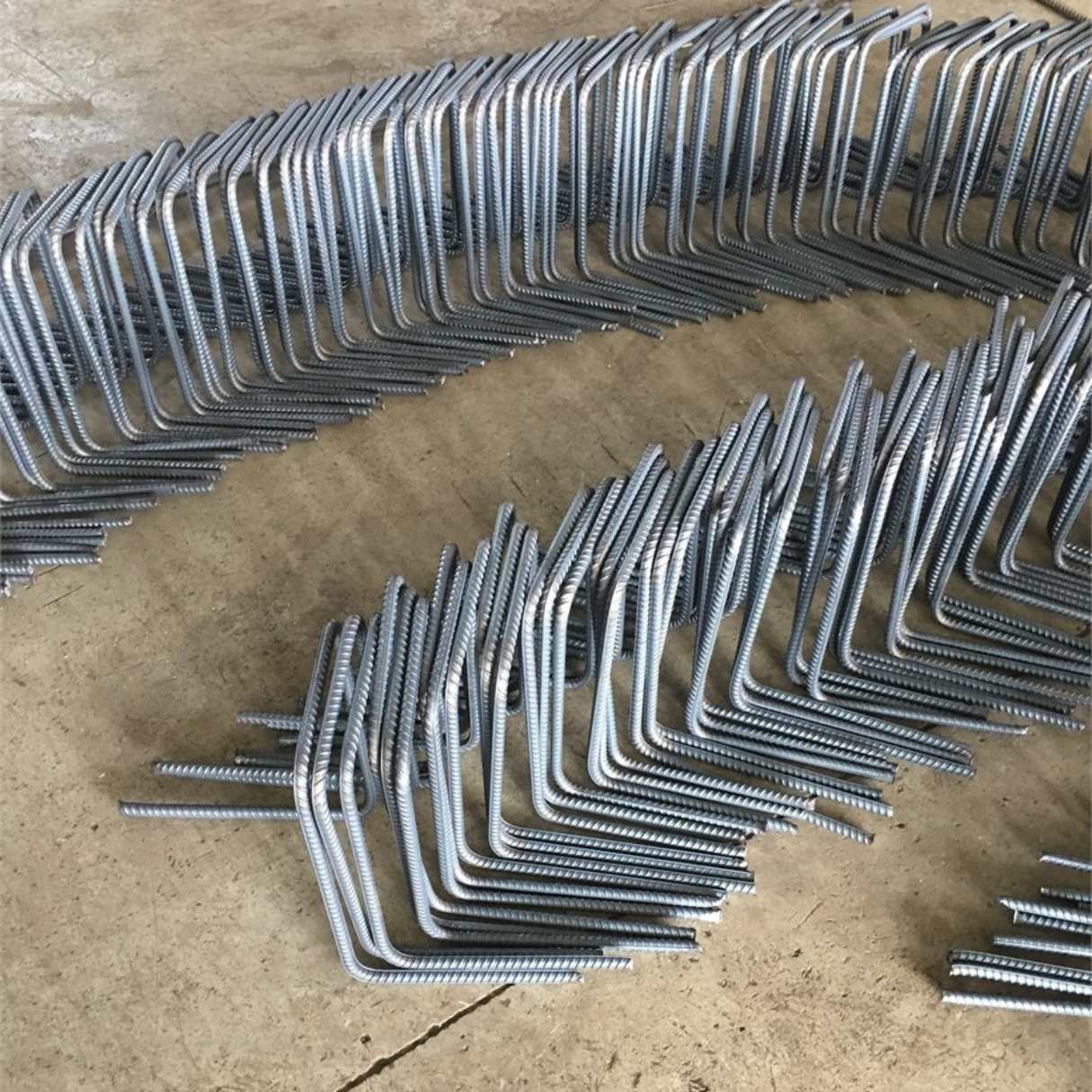
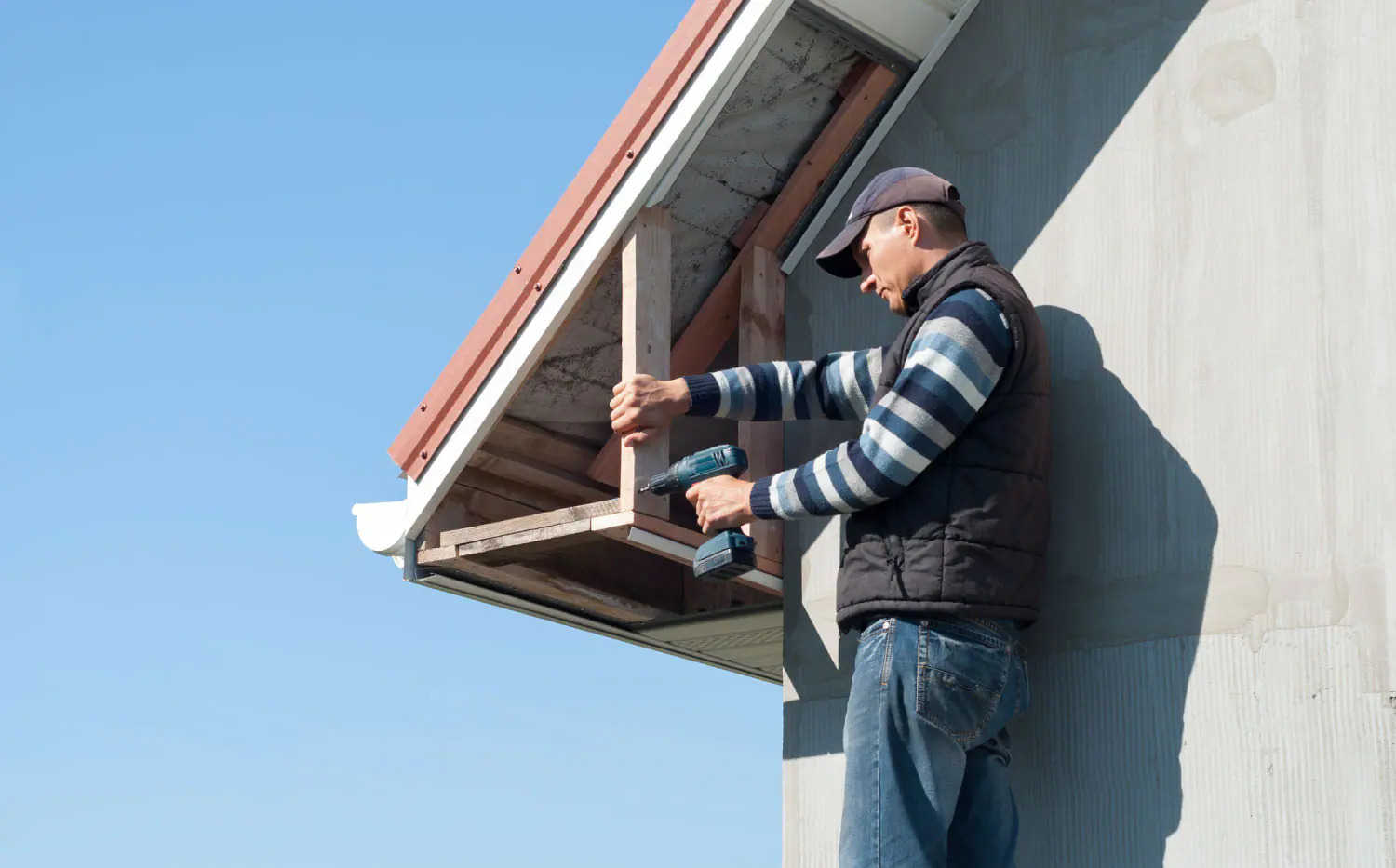
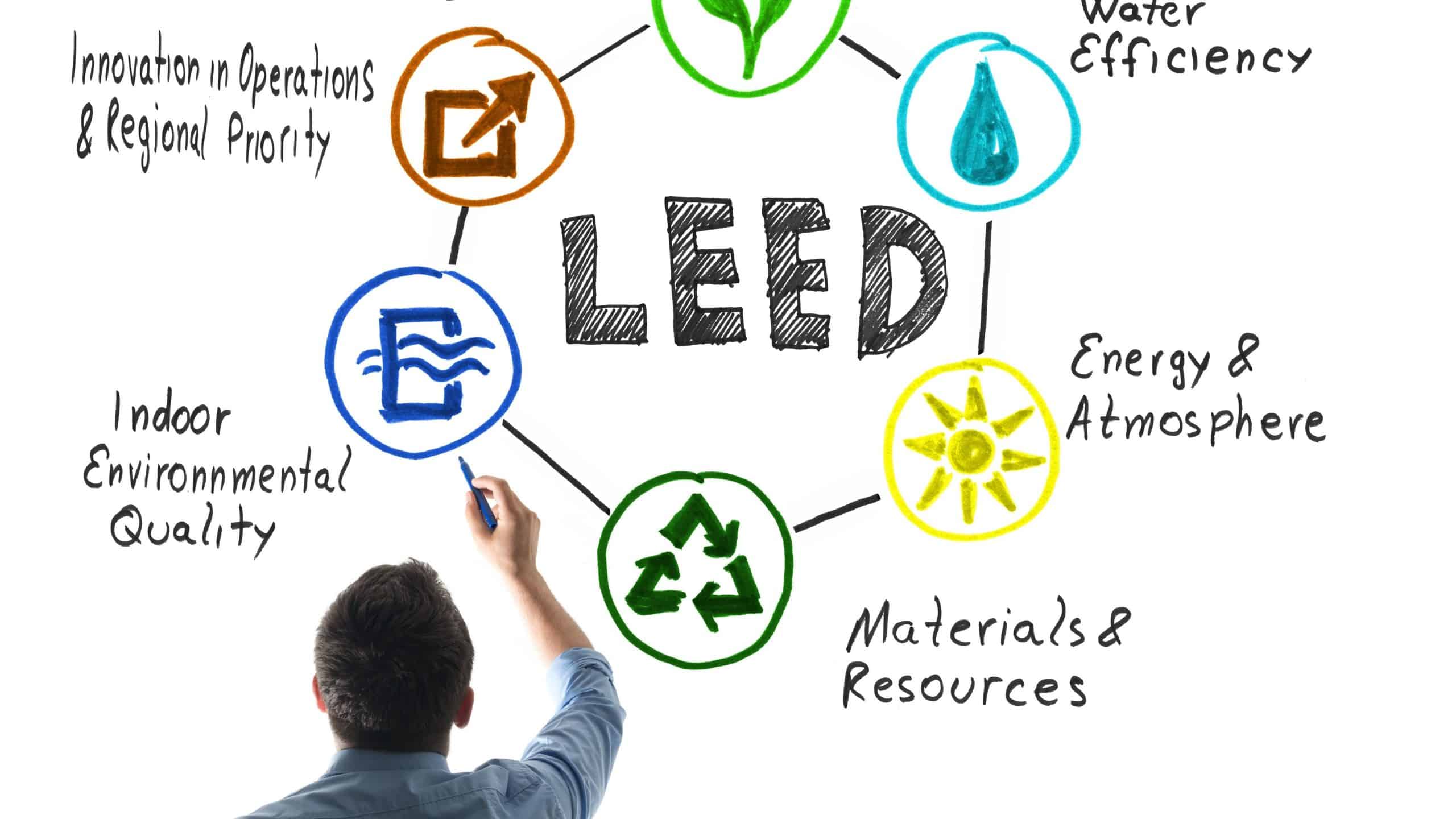
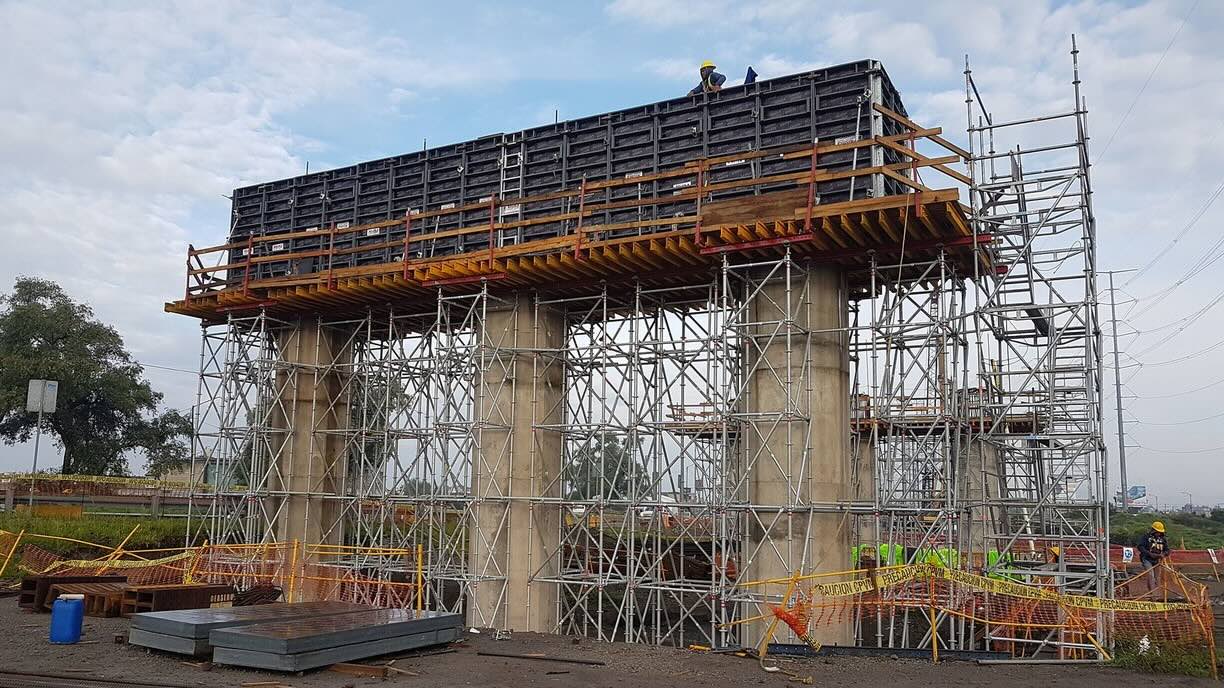
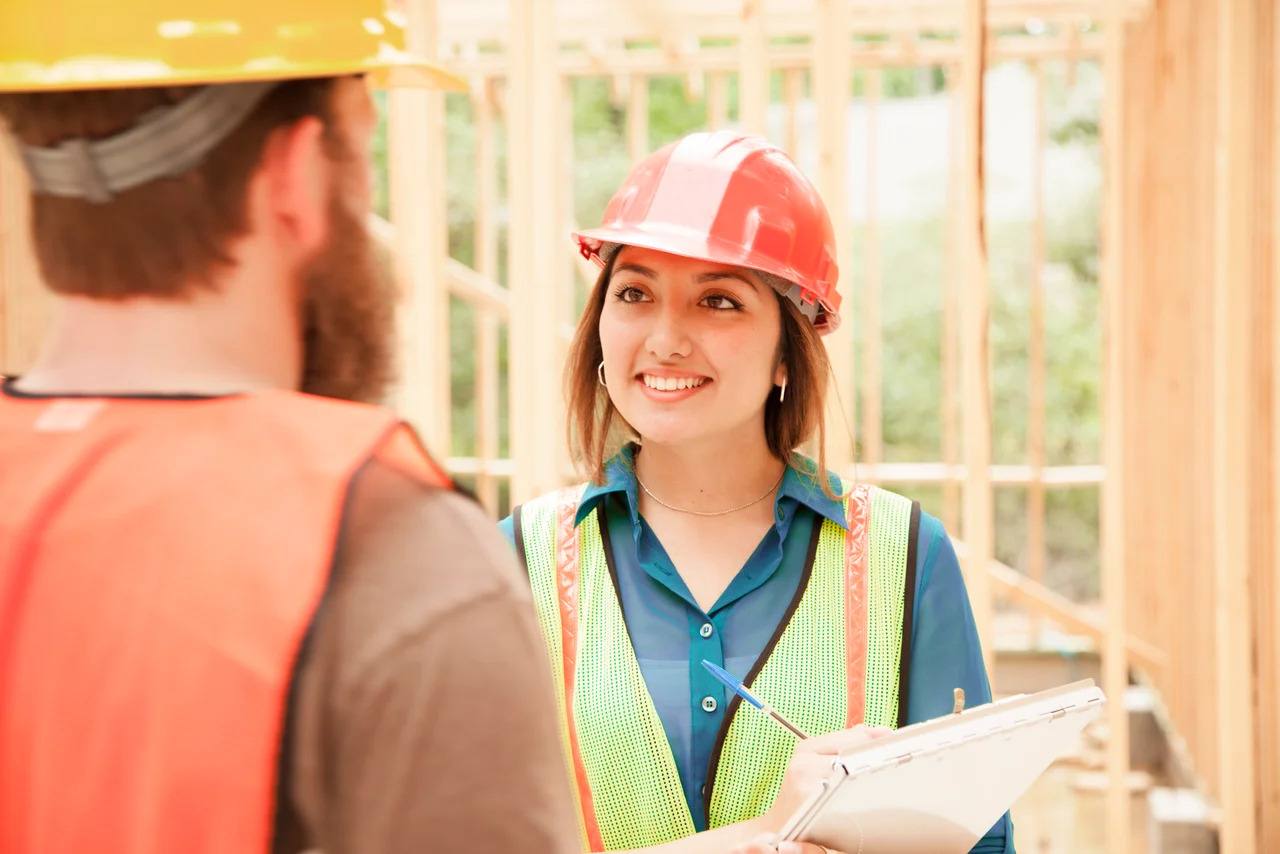
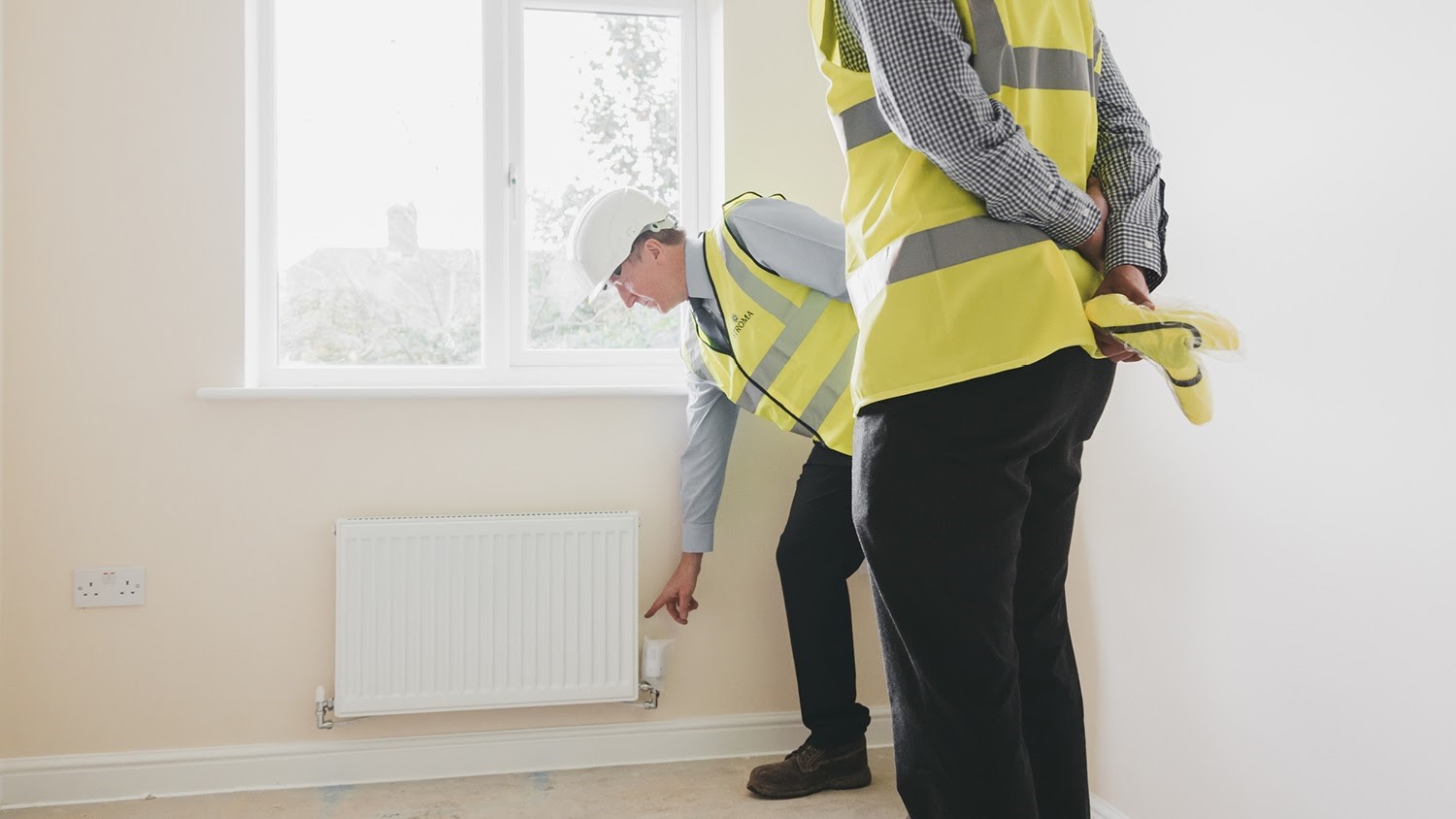
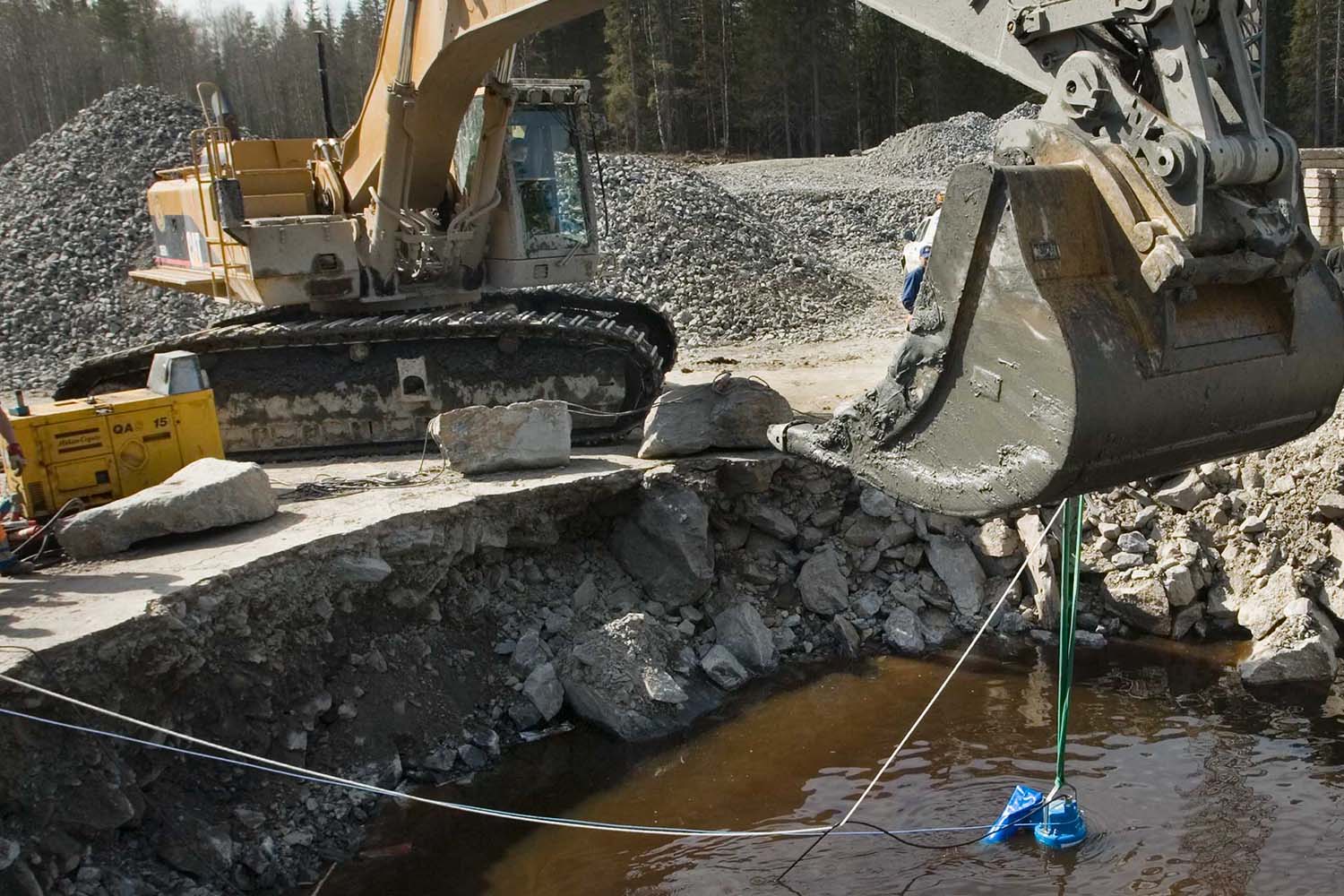
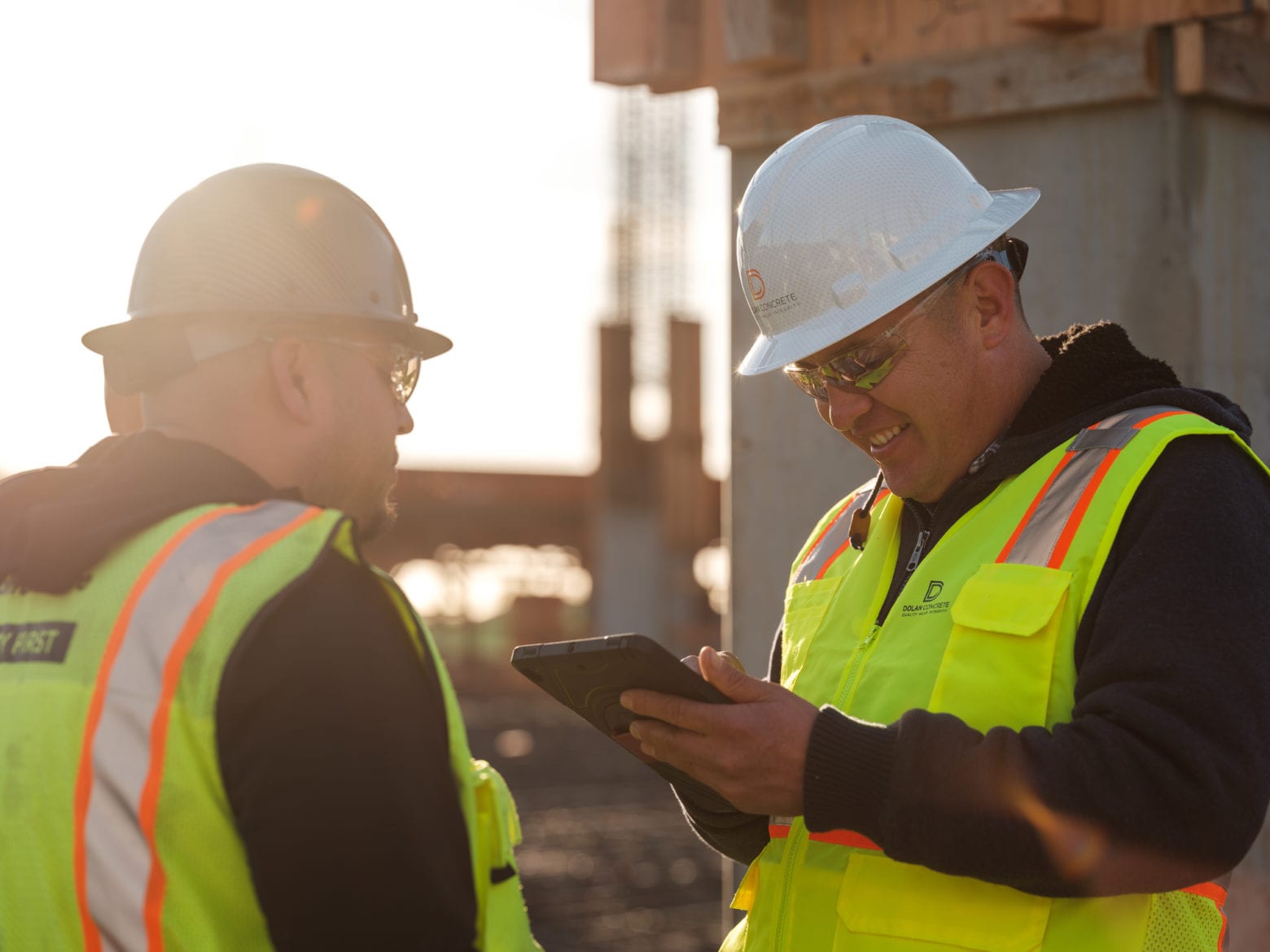
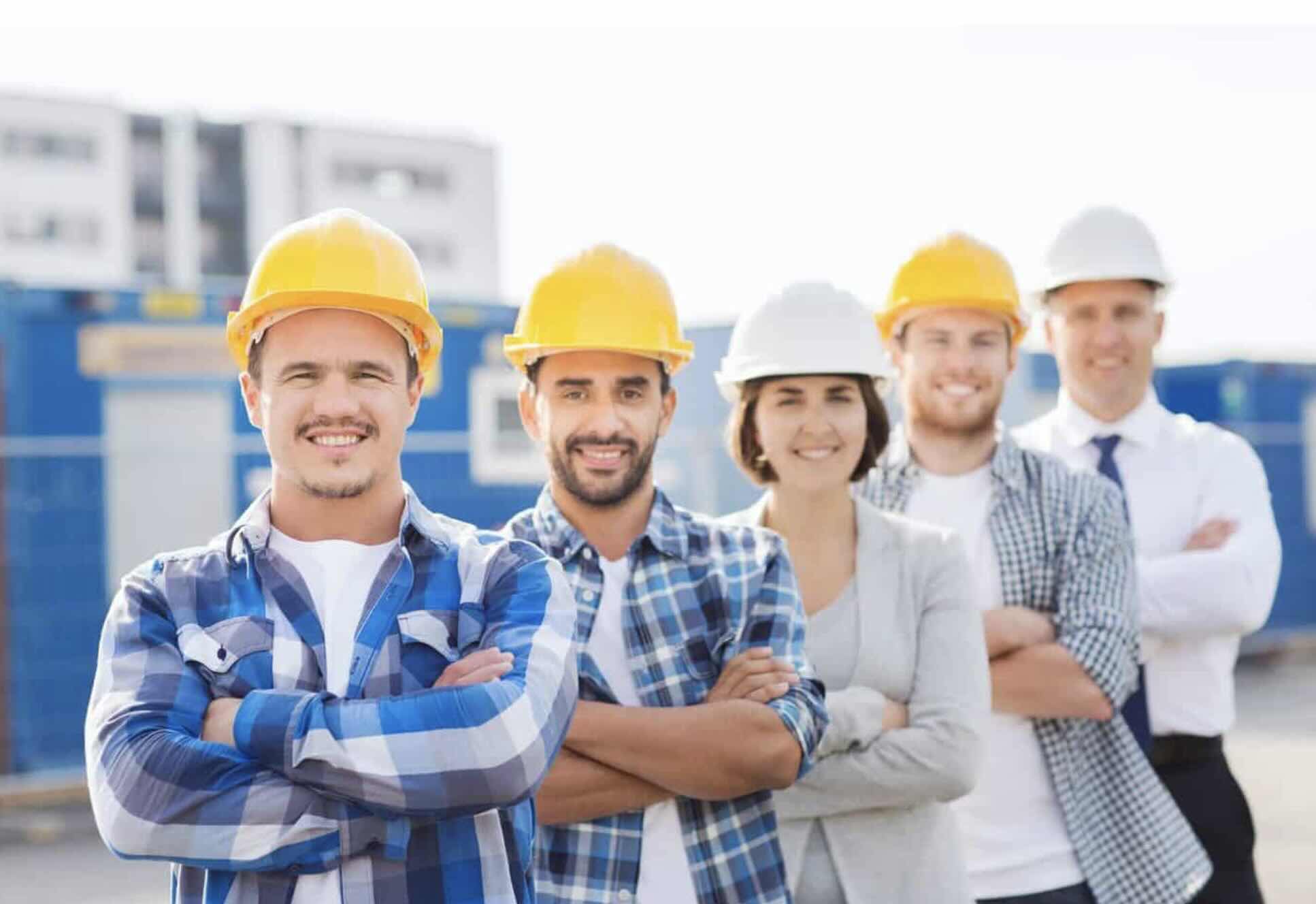

0 thoughts on “What Is EIFS In Construction”